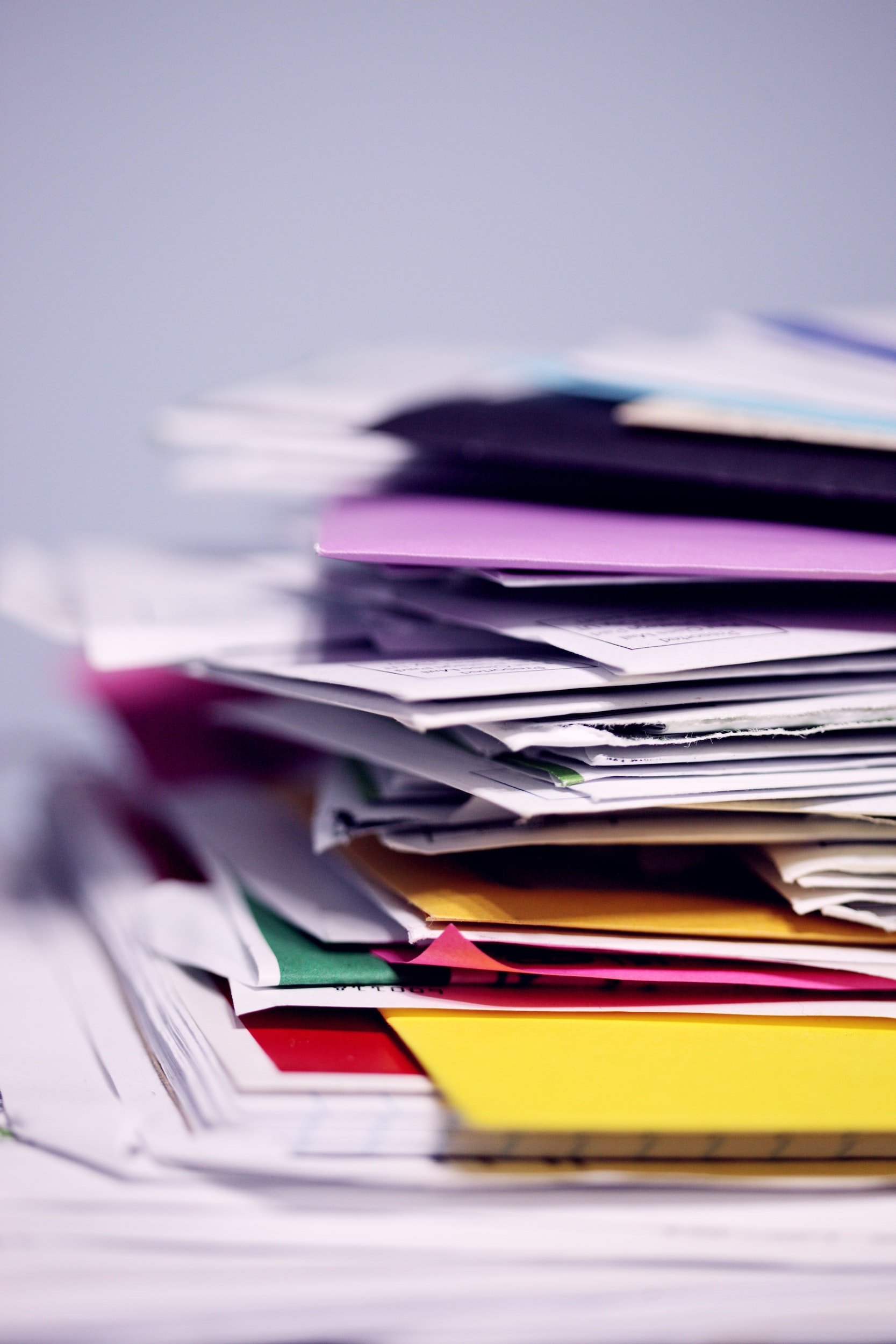
SUSTAINABILITY
EIM and Sustainability
I’m sure that you have heard about the term “paperless office” back in the 1990s, where everyone was predicting that paper would be replaced by digital documents. Well, we’re here to tell you that a paperless office isn’t necessarily a reality – at least not yet.
The paper utilisation in the world has increased by 400% over the past 40 years.
As you know, paper is a renewable resource. It can be recycled over and over again, which helps conserve forests and other natural resources. The more times it’s recycled, the better for the environment.
The world’s population is growing at a rapid pace and this has caused an increase in demand for paper products like magazines, newspapers and catalogues. In fact, the global consumption of paper has increased by 400% over the past 40 years.
Since it takes trees to make wood pulp used in making paper products like books or magazines; we need to care about how we use trees so that they do not run out too quickly! In order to do this properly you must understand what makes up different types of trees so as not waste any part once they're gone forever.
An estimated 80% of documents stored are never needed after 4 years.
An estimated 80% of documents stored are never needed after 4 years. In fact, the average document is only used for about six months before it is no longer relevant and could be safely archived.
The world consumes more than 400 million tons of paper per year.
You may not be aware of it, but we consume more than 400 million tons of paper annually. That's a lot of trees! All that paper comes from trees that are chopped down, pulped and then turned into products such as notebooks and envelopes. With so many trees being cut down each year to meet the demand for paper products—and with so many people around the world using desktop computers—it makes sense for companies to make their offices as eco-friendly as possible by using electronic documents instead.
Electronic documents aren’t just better for our environment; they’re also more efficient than their physical counterparts. For example: If you want to send a letter to someone in another country, chances are that they won't need it immediately—so why would they pay an extra fee on top of postage? Instead, let them access your message electronically at any time by sending them an email attachment instead!
In many European countries and in the United States, around 40% of all waste comes from paper.
In fact, office paper is a major source of waste. Only 25% of paper is recycled and processes for recycling are inefficient and wasteful.
Only 25% of office paper is being recycled on average throughout Europe and the United States.
With the exception of a few countries, like France and Italy, only 25% of office paper is being recycled on average throughout Europe and the United States. Despite this low rate, most people would agree that it's better to recycle than landfill. However, recycled papers must be processed through a separate machine from virgin pulp and can have lower quality as a result.
Also, when paper is recycled into new products like magazines or cardboard boxes there will be less overall demand for virgin pulp because those same products could be made with recycled material instead!
Paper processes are a major source of inefficiency and waste.
Paper processes are a major source of inefficiency and waste.
Processes that rely on paper require excess materials, time, and effort to perform tasks that could be done faster and more efficiently with alternative methods. Paper processes are a major source of inefficiency and paper waste because they require large amounts of paper to be used repeatedly during the same task or process—a serious problem when you consider that forests are being depleted at an alarming rate due to overconsumption of goods like cardboard boxes or toilet paper rolls.
The average organisation use up to 20 reams (10,000 sheets) of paper per employee per year.
That's a lot of paper! So, what does that mean for sustainability? With the average 4 page document taking up one sheet, organisations are using up to 400 pages per day just to keep things running smoothly. This means that employees spend approximately half their working day printing and submitting documents—a third if you're lucky!
85% of documents only get used once, yet they’re typically printed out and stored away.
You may have heard the statistic that 85% of documents only get used once, yet they’re typically printed out and stored away. It’s a staggering waste in both time and money. Imagine if you could eliminate all this paper storage, minimising your carbon footprint while saving costs at the same time. Well it turns out you can—with EIM!
What is EIM?
EIM (enterprise information management) is a software solution designed to improve business processes by making them more efficient, effective and secure. In other words: EIM helps you make better decisions faster by giving you easy access to information when it matters most. It also supports initiatives like sustainability by reducing paper usage through digitalisation of records as well as automating repetitive tasks such as archiving or document retention policies across multiple departments or locations within your organisation
The typical office file is duplicated up to 30 times, representing 15% to 30% of total traffic at an enterprise.
The average office worker creates 30 duplicates of documents each year, while the average business produces 3,000 duplicates of documents each year. Duplication is a major source of inefficiency and waste:
The typical office file is duplicated up to 30 times, representing 15% to 30% of total traffic at an enterprise.
In one study, 80% of workers said they would be willing to change their behaviors if their company could save them time or money through use of ECM software.
10,000 sheets of A4 paper weighs 5kg and makes up a volume of about 0.1m3, can be stored in a single drawer measuring about 45 x 60cm x 55cm deep for easy access or also stored off-site for backup if necessary with no sweat at all.
1TB Hard disk could store more than a million files (1 Ream) of four page documents including images without breaking into a sweat.
How much can a terabyte hard disk store?
A typical office has around 100,000 documents, including paper and digital.
Imagine all of your company’s physical documents were converted to electronic format. How many would you be able to store on a laptop or desktop with 1 TB capacity? The answer is more than a million files (1 Ream). That’s a lot of information! It's no wonder that businesses are constantly looking for ways to reduce their carbon footprint by reducing the amount of paper they use for correspondence and record keeping purposes.
Imagine how much more space you can save compared to those documents lying around on your desk or in storage rooms!
Imagine how much more space you can save compared to those documents lying around on your desk or in storage rooms! And imagine what a difference it would make to the environment if you could stop using paper altogether.
Imagine if every single one of those files was digital, and all of them could be stored on a single memory stick. One small flash drive that holds thousands of documents, images and videos is about the size of a thumb—and it can hold up to 1TB (terabyte) worth of data. That's 1000 times more than an average hard drive! A 32GB USB3 flash drive costs less than £8 – that's under £1 per GB; compare this with £80 per TB for external hard drives!
CONCLUSION
In conclusion, we can see that the use of paper is an outdated process with many disadvantages. There are many ways to reduce your paper use by using electronic documents or using alternatives like electronic storage and cloud computing systems. These methods will help improve your organisation’s efficiency while also reducing costs by eliminating unnecessary printing processes.









